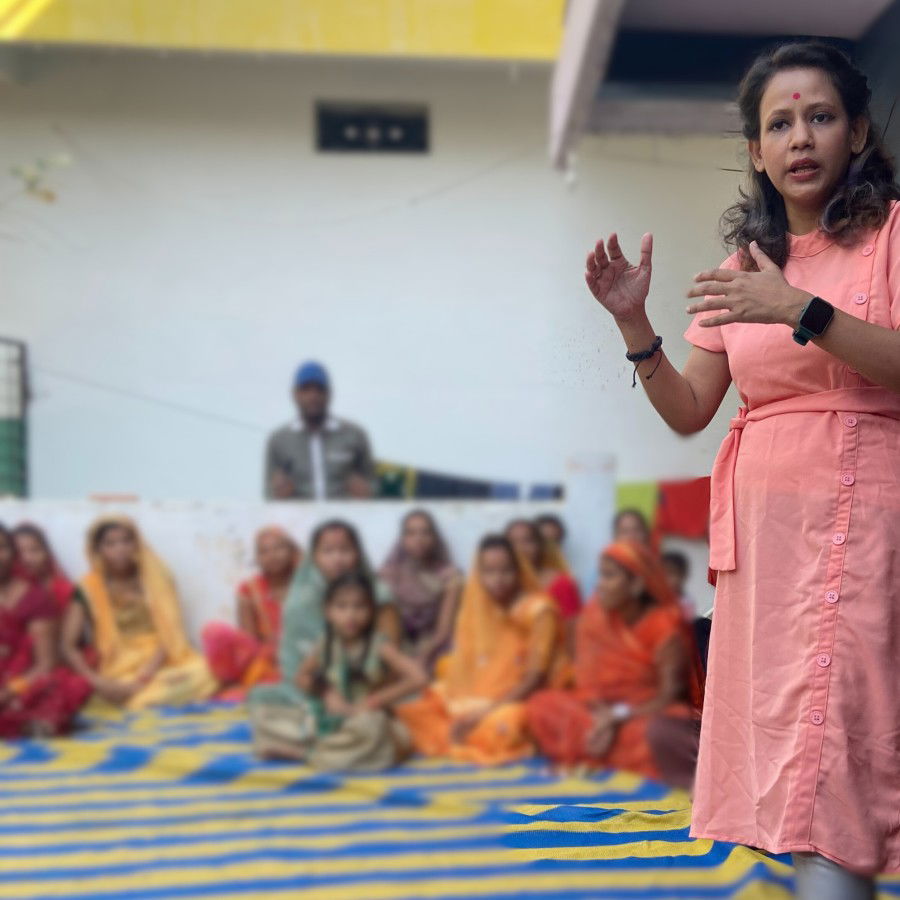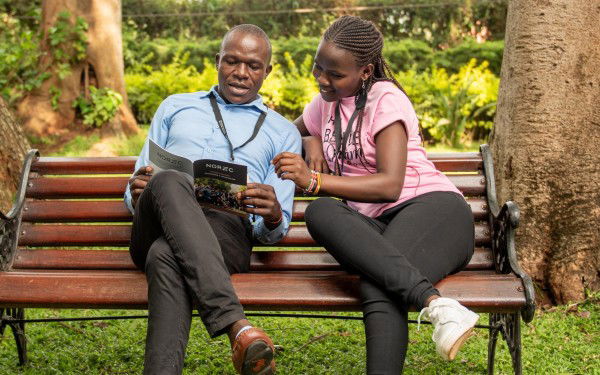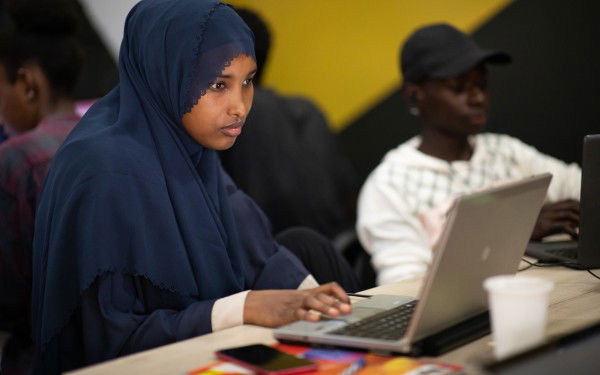How to strengthen learning through work exchange projects
2. July 2025
Norec’s partner survey highlighted the need for stronger learning and documentation. Here are best practices from our projects to help improve learning outcomes in your own work exchanges.
In Norec’s most recent partner survey, we received feedback on how we can improve our role as a competence centre. Suggestions included that Norec “should strive to be a learning institution that collects knowledge and best practices from their projects” and “should strengthen the documentation of best practices by implementing partners.”
Project-based learning outcomes from all Norec-funded projects are recorded in our database. In this article, we want to share some best practices from partnerships we have supported. These may help you strengthen learning outcomes in your own projects.
A Good Starting Point
Setting up a work-exchange project can be challenging. Recruiting the right people, getting work permits, arranging travel and accommodation—all of this takes time and effort. But we also know from experience that long-term success depends on good planning from the start.
Some organisations identify specific learning outcomes during the initial needs assessment. They think about what the organisation can learn from the incoming staff, and how this learning can contribute to long-term development. This is a good starting point. We will come back to this later, but first we want to share three examples of best practice from different projects. These may help increase learning outcomes in your own work-exchange projects.
Three Best Practices
1. Set aside time for reflection
One effective practice is to give exchange staff time to reflect on their learning and how it can be used to adjust or improve ongoing work. Midway through the exchange, staff can take up to a week to review their observations, learning, and achievements. By mapping these reflections halfway through the exchange, new opportunities and next steps can be identified earlier. This supports continuous learning, opens the door for innovation, and contributes to personal development and career growth.
2. Create a panel for shared learning
Another approach, used by a different partnership, is to create a panel of exchange staff who meet with colleagues across the participating organisations. The panel shares key takeaways and “aha” moments from their experience, while colleagues take part in discussions. This helps create a learning culture within the organisations and ensures that learning from the exchange becomes anchored in the wider team.
3. Pair exchange staff with other employees
A third method is to have new or permanent staff work alongside those who have been on exchange or are currently on exchange. This gives daily exposure to different ways of working and provides opportunities to discuss and reflect on one’s own work style. However, this method alone does not guarantee that learning will be kept at the organisational level—it should be combined with other approaches.
Organisational Learning and Development
So, how can you make sure that learning from exchange staff stays within the organisation?
It becomes much easier when learning goals are clearly identified in the needs assessment and built into the project design from the beginning. One example is the grassroots organisation Aspada in Bangladesh. Before setting up their projects, they worked with partners to define specific learning goals.
- In one project, Aspada used a model from their partner Sahaj Community Hospital in Nepal to form self-reliance groups. These groups help women save money for healthcare costs. Today, over 1,200 women are working to establish a community hospital that offers high-quality treatment at low cost. Over time, this hospital will also offer health microfinance, allowing people to pay for care through small loans.
- In another project, Aspada exchanged staff with the grassroots education organisation Pahal in India. Pahal is now using what they learned to improve access to health services for people in urban slums.
- A third project involved Krousar Yoeung (KrY) from Cambodia, which works with early childhood development. KrY staff on exchange trained Aspada in their “12 key family practices” to prevent malnutrition in children under five. So far, 40 self-reliance groups in Bangladesh have received this training. In addition, KrY has trained 40 community health workers, five paramedics, and two doctors at Aspada. The knowledge has been adapted to local needs, translated into Bengali, and included in Aspada’s training manuals.
Results So Far
Even if some partnerships did not have clear plans for mutual learning at the start, results from Norec’s project database show strong outcomes. More than 80% of our projects have gained technical competence, and over 70% have led to organisational development. You can read more about this on our website.




